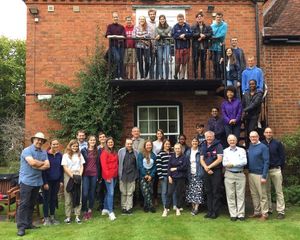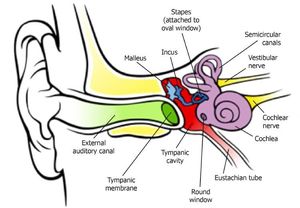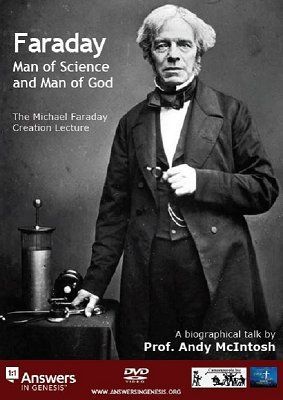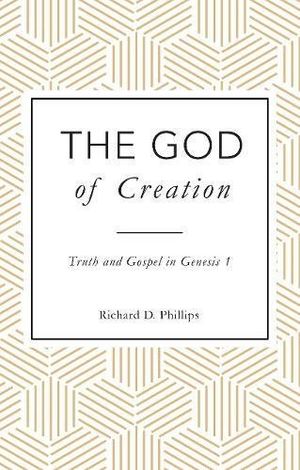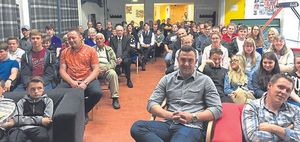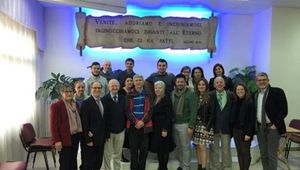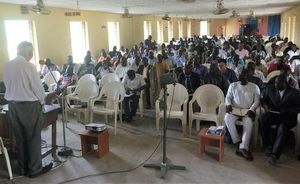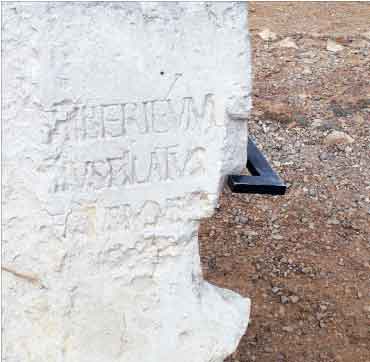My week in Ethiopia in January was truly remarkable — I sensed that the Lord had graciously gone before and opened many doors of opportunity.
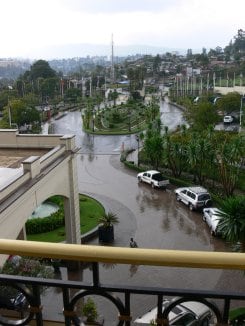
Ethiopia was devastated by a civil war from 1974-1991 and is still recovering. The Communist regime was driven out, but the war impoverished the nation and killed many, especially among the intelligentsia. Some say that as many as 1.4 million people died in all.
Growing church
Then, during the 1980s, a major famine in Ethiopia killed millions, and on top of this there were wars with Eritrea, which became independent (and is now second only to North Korea in persecuting believers), and Somalia, which was repulsed.
Today, there are 4 million people living in the city of Addis Ababa, with many thousands on the streets who have come from rural areas and not found work. There are also growing troubles with Islam (38 per cent) and the Orthodox. Both groups persecute real Christian believers.
But the church is growing and the group of churches across Ethiopia that Pastor Fikre Norcha, my host, leads numbers 110. Pastor Fikre kindly had me stay with his family in Addis Ababa.
My ministry was to graduates and university staff, theological seminaries and churches. EvaSUE (the Evangelical Students’ and Graduates’ Union of Ethiopia) worked hard with Pastor Fikre to mount meetings in colleges, universities and churches. It was refreshing to work with a group who are convinced that 6-day Creation is a vital foundation block for the gospel.
At the senior graduates meeting on the first Saturday, there were two moderators who thoroughly endorsed the importance of Creation to the gospel. They appreciated the scientific evidence I presented on the uniqueness of man in the talk, ‘The human body, mind and matter’.
Secularism
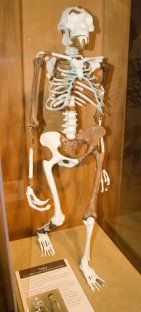
There were opportunities with undergraduates on the Tuesday, when we discussed the fossil evidence, and with teachers and preachers on the Friday, when, in a seminar, I outlined the importance of using Creation to reconnect the gospel with a godless, post-modern culture.
This particular emphasis seemed to make a big impression on the group of around 30 leaders and preachers, as they recognised there is a growing culture of secularism among students coming through Addis Ababa University and other colleges. The secular mindset has taken root more than I would have expected in an African country.
I was grateful for opportunities to speak in the Addis Ababa Institute of Technology (AAiT), where I was able to look at the principles of flight in man-made aircraft and then unfold the remarkable evidence of design in bird flight.
There were two meetings with children, two preaching opportunities on the Sunday (with three people seeking the Lord at the end of one of the meetings, which was moving to witness), a meeting for Christian professionals on ‘Genesis Babel and the nations’, and a very good meeting at Kotebe College of Teacher Education, where many were asking questions.
There were also three meetings for theological students and staff at two theological institutions. The Evangelical Theological College was very supportive. The principal, Dr Semeon, encouraged staff and students to come to a talk on the theology of Genesis, and to an address on ‘Evidence of design’.
Liberal theology
But another theological seminary in Addis Ababa was cooler in its reception. It was sad to see that John Walton had recently been invited by this institution. He is the author of a theologically liberal treatment of Genesis entitled The lost world of Genesis one, which is having a major impact on evangelical seminaries in the West.
Walton argues that Genesis is not concerned with material origins and that we cannot use Genesis 1 to infer how the world and universe were made. He is effectively saying that for centuries the church has misunderstood Genesis 1, because only now have we come of age to understand how the ancients thought.
He maintains that we should interpret its early chapters as being about the function of each component in creation and not about where each part came from. Yet, as always, it is the other Scriptures which show us how to interpret Genesis.
New Testament statements, such as John 1:1-3, Romans 1:20, Colossians 1:16-18, and Hebrews 11:3, show that the view Walton encourages is false and dangerous. It surprised the team working with me that an institution known for its history of training pastors in Addis Ababa was allowing the promotion of a liberal viewpoint.
Need
All this emphasised the need for continual sound teaching concerning origins to churches and student leaders in modern Ethiopia. The Bible is not primarily a scientific or history book, but wherever it touches on science and history (and it does), it always gets it right.
Indeed, the account of redemption in Scripture is rooted in real history and real material origins. Remarkably too, our future, as taught in the Bible, is very physical as well as spiritual.
With this need in mind, there has been discussion about reaching more church leaders and university representatives across Ethiopia with further Creation ministry, possibly in early 2015.
I had the privilege of a brief meeting with Dr Betta Mengistu, who was instrumental in setting up EvaSUE and its work among students. He and all the leaders I met with were of the same mind, that it is vital to impress on the upcoming generation the Bible’s teaching about origins.
It is evident that they have embraced the fact that clarity on Genesis is essential, if one is going to influence our increasingly secularised world with the gospel. My testimony is that true scientific endeavour is complemented by a literal view of Genesis.
The framework of a literal 6 day creation, some thousands of years ago, followed by a literal, world wide flood, enables one to piece together the real origins of this world and the peoples on it.
Lucy
I could not visit Ethiopia without going to the museum in Addis where a major display area is devoted to ‘Lucy’, a supposed ape-lady and human ancestor of 3.18 million years ago. There was even a Lucy Café, with menus advertising the creature.
The actual bones of Lucy, found by Donald Johanson in 1974, are now in the USA, but their moulded copies are displayed in the Addis museum, along with well known reconstructions of what she is said to have looked like.
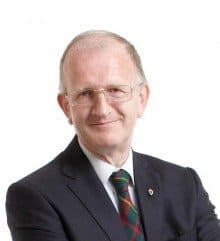
What hit me was the length of her arms, which immediately suggested a knuckle-walking ape. The flared pelvic girdle also suggests an ape. Importantly, no foot bones were found; all the speculative reconstructions put human feet on the creature, when there is no evidence whatsoever for them.
Lucy’s dating is, of course, highly questionable. The K-40/Ar dating was carried out on volcanic soil nearby and not on the bones themselves. The dating assumed how much K-40 (Potassium 40) was in the rock when the rock was formed and a constant rate of radioactive potassium decay since then. In fact, neither assumption can be proved.
I would love to see the actual bones C-14 dated, as I have a hunch this would give a positive reading for C-14 (just as dinosaur bones and coal have). Because C-14 has a fast radioactive decay half-life of 5730 years, such dating would, I suspect, show that Lucy was not older than, at the most, 10 half-lives (57,000 years).
With corrections for varying amounts of C-14 in the atmosphere in the past, this would easily bring her age down to a biblical time scale. No one is likely to allow the precious bones of Lucy to be tested, yet maybe someone will eventually be able to do this!
Prof. Andy McIntosh



